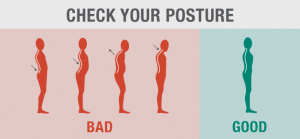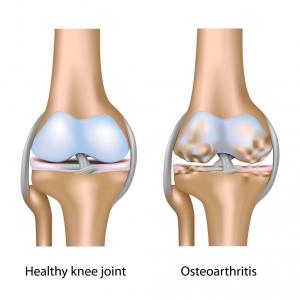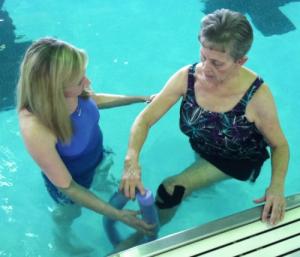Blog
Welcome to the STAR PT Web Blog
Benefits of Exercise: Update
A few weeks ago, a brief review of the health benefits of exercise was posted on the STAR Physical Therapy blog (see Exercise is Medicine from Nov 4, 2013). In the way of an update, a recent article was published in the British Medical Journal (Naci H, Ioannidis J, 2013) that sheds a different light on the relationship between exercise and health. A team of researchers from the United Kingdom and the US set out to compare the effectiveness of exercise and dru...
Posted on 2013-12-16
Stop Slouching!
“Sit up straight!”—the compulsory words of every mother out there. Just like not forgetting your coat and mittens, your mom was right about this also. Believe it or not, posture plays a role in many common orthopedic problems, especially back and neck pain. By definition, posture is the body’s alignment and positioning with respect to gravity. No matter what position you are in, gravity is imparting a force on your joints, ligaments and...
Posted on 2013-12-09
Proactive Approaches to Treating Knee OA
Osteoarthritis (OA) is the most common joint condition, and the knee is the most common joint afflicted with OA. Traditional medical approaches to treating knee OA include medication (Non-steroidal Anti-inflammatory Drugs), injections, and surgery. The focus on early treatment is pain control. Yet, OA is a condition that represents mechanical breakdown of joints. This in turn is usually due to inability of joint structural elements to offset loadin...
Posted on 2013-12-02
Aquatic Physical Therapy
Aquatic physical therapy had becoming a popular treatment application for a multitude of diagnosis. Individuals who can benefits from aquatic physical therapy include, but are not limited to, those with acute, chronic or post surgical lower back and and/or leg pain, rheumatoid arthritis, osteoarthritis, fibromyalgia, pre and post operative joint replacement, fractures and more acute injuries such as ankle and knee sprains.
Our rehabilitation goals may include pain reli...
Posted on 2013-11-25
Holiday Strategies for Weight Loss
Well, Thanksgiving will soon be here, and that starts the season of holiday get togethers, candy at the office, more lunches and dinners out, more traveling for some and vacations and of course, more stress than normal. Remember, the average weight gain over the Holiday season is 6-8 pounds! Wouldn’t it be great to fall below the average? There are a few important things you must remember during the Holiday season….. Ok. ...
Posted on 2013-11-18




